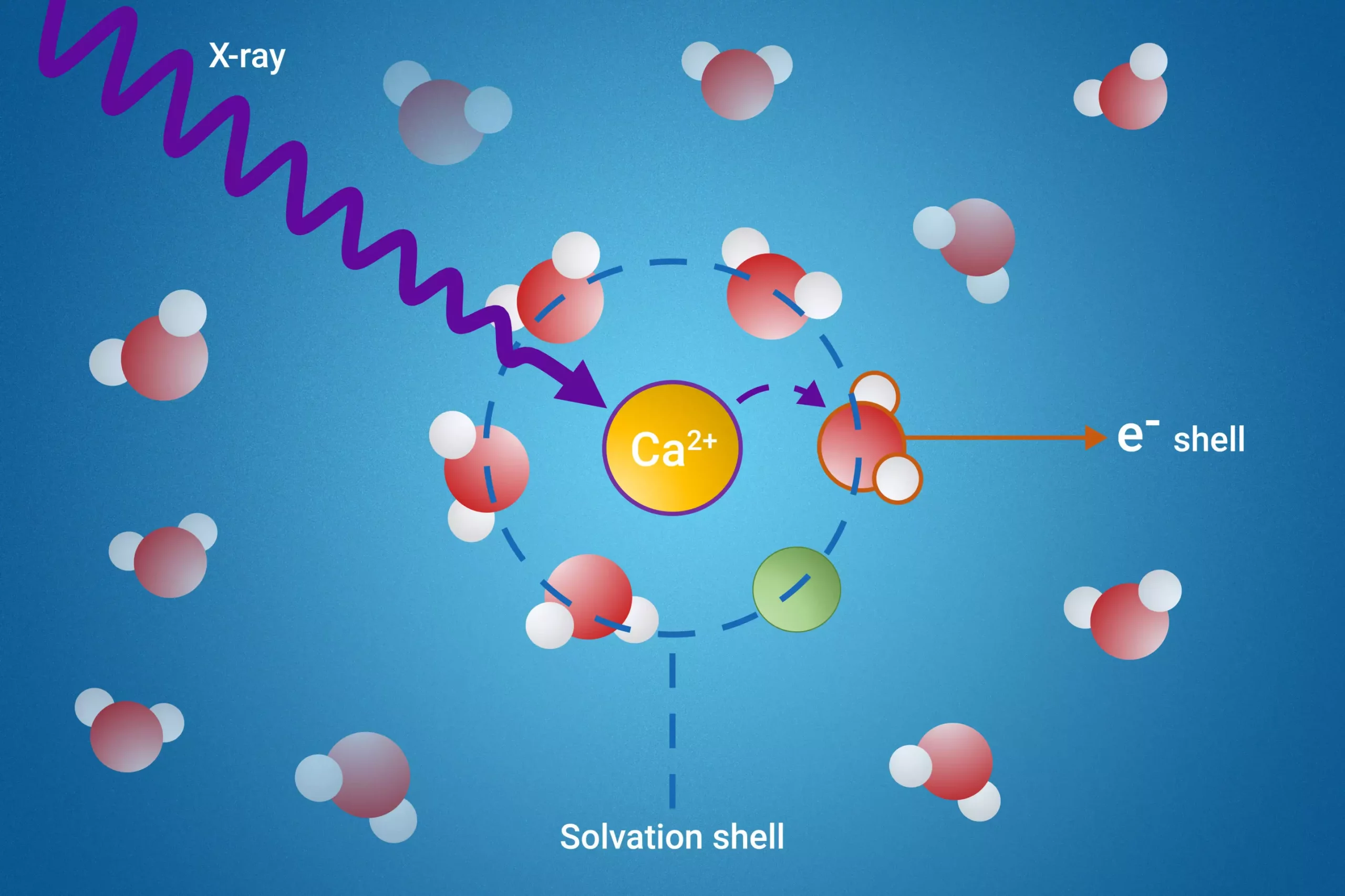Recent advancements from an international collaboration of scientists from the Fritz Haber Institute, Sorbonne University, and Uppsala University have illuminated an area of study that has long presented challenges: the dynamics of ions when dissolved in liquids. Their groundbreaking research, published in the esteemed journal Nature Communications, delves into the intricacies of solvation shells. These shells are crucial as they form when particles dissolve in a solvent, creating specialized layers of solvent molecules that differ remarkably in behavior from those not involved in solvation.
The Challenge of Studying Solvation Shells
Historically, the investigation of solvation shells has posed significant difficulties for researchers. This is due to the inherently complex nature of these molecular interactions and the impossibility of isolating the specific solvent molecules that constitute the shell from the plethora of other molecules present in the solution. The layers that surround the dissolved particles can engage in distinct interactions, altering their properties significantly, yet capturing these intricate dynamics has remained elusive.
The research team has made a pivotal stride by employing a technique known as resonant intermolecular Coulombic decay (ICD) to probe these elusive solvation shells. By employing X-ray excitation, they are able to track and analyze the interactions of solvent molecules during the decay process that follows. This method not only provides scientists with the ability to observe the solvation shell more closely but also highlights the impact of the ICD process as it correlates strongly with the formation of ion pairs within the solution.
Moreover, the study quantifies electron binding energies of water molecules within the first solvation shell—an achievement that had previously been deemed impossible. By measuring these energies, researchers can gain insights into the interactions that dictate how ions behave when immersed in a solvent, which has far-reaching implications across various scientific disciplines.
The potential applications of this research are vast, encompassing numerous fields such as chemistry, biology, materials science, atmospheric science, and electrochemistry. Gaining deeper insights into solvation shells can facilitate the development of better catalysts, improve drug delivery systems, and enhance our understanding of fundamental processes such as ion transport in biological systems.
As scientists continue to unravel the complexities of solvation shells, the innovative methodology introduced in this study acts as a significant tool for ongoing research. By allowing for more precise observations of molecular interactions within solutions, it opens up new avenues for exploration that could lead to transformative advancements in both theoretical and applied science.
The breakthroughs achieved by this research group signify a crucial leap forward in the understanding of solvation dynamics, fostering new potential for research across a multitude of scientific and engineering fields. As researchers employ these novel techniques, we can anticipate further revelations that may refine our understanding of molecular behavior in solutions and their implications for a wide array of applications.

